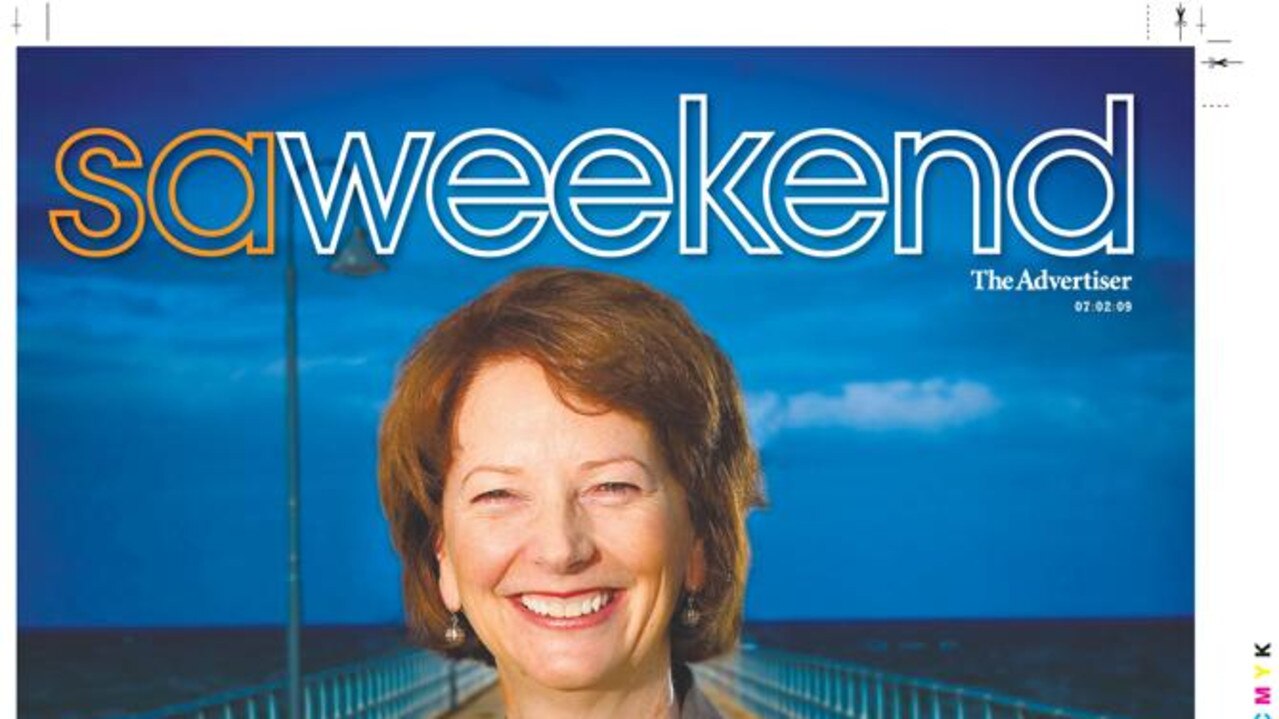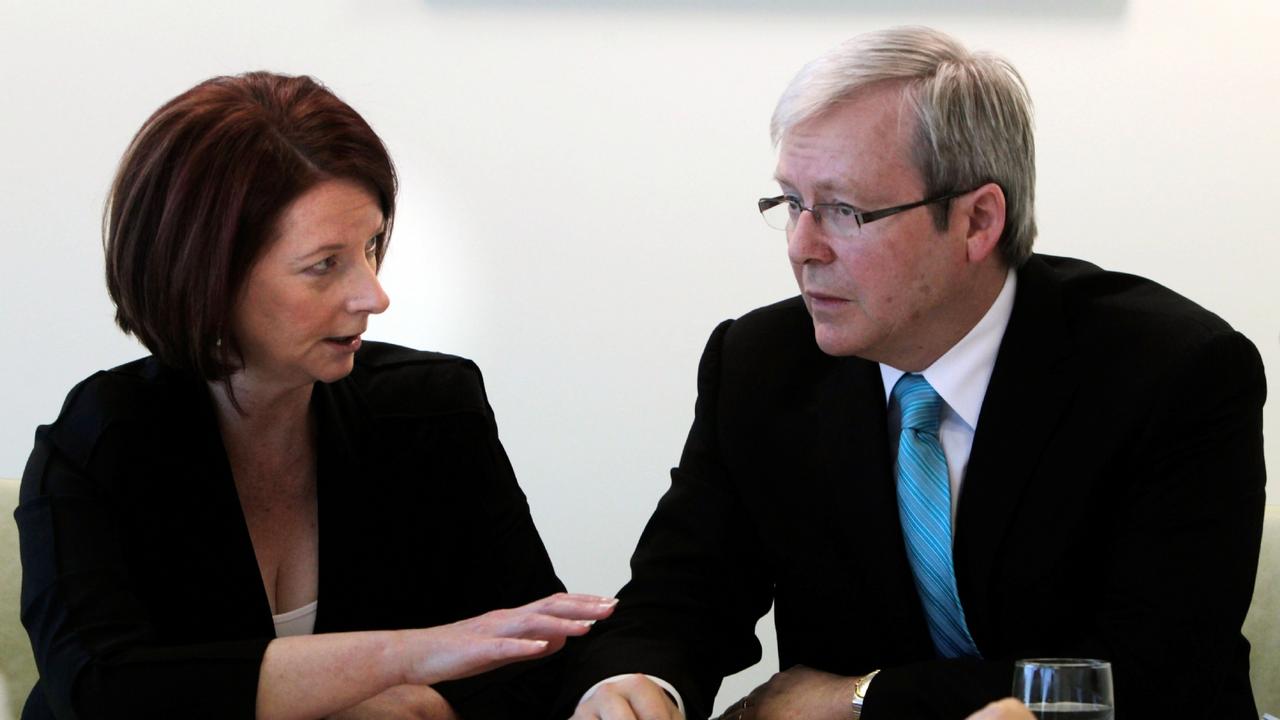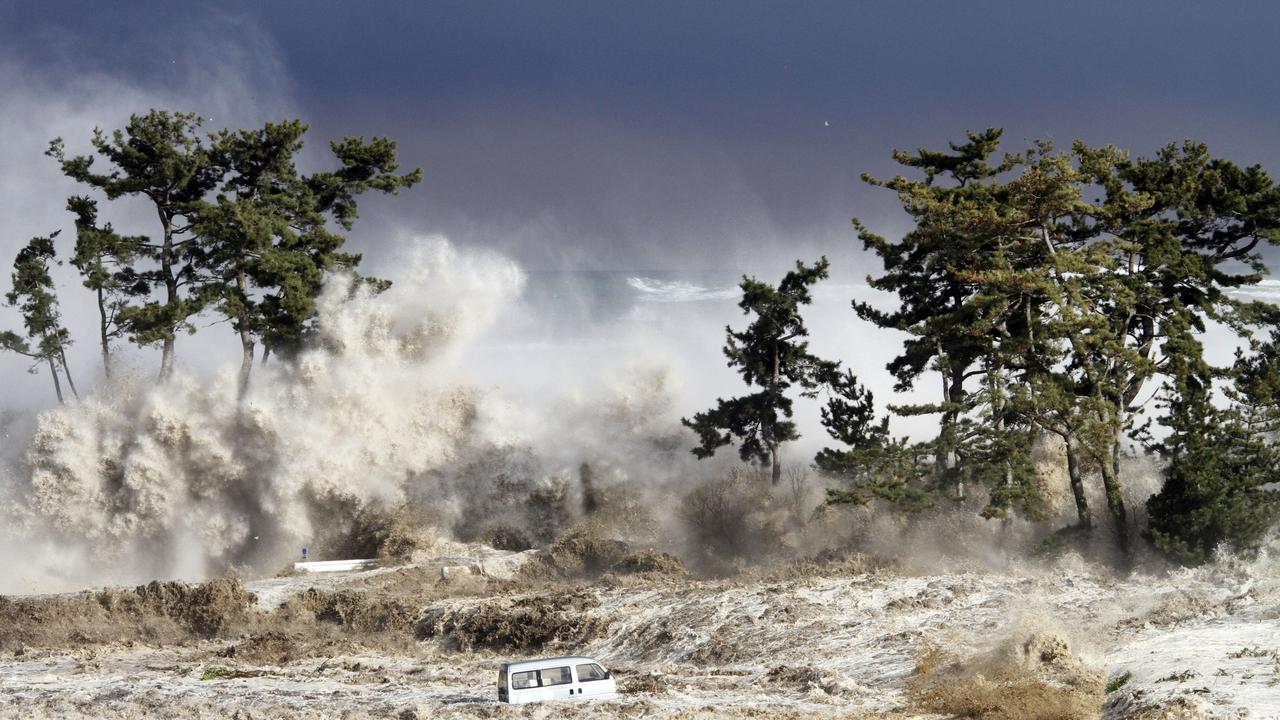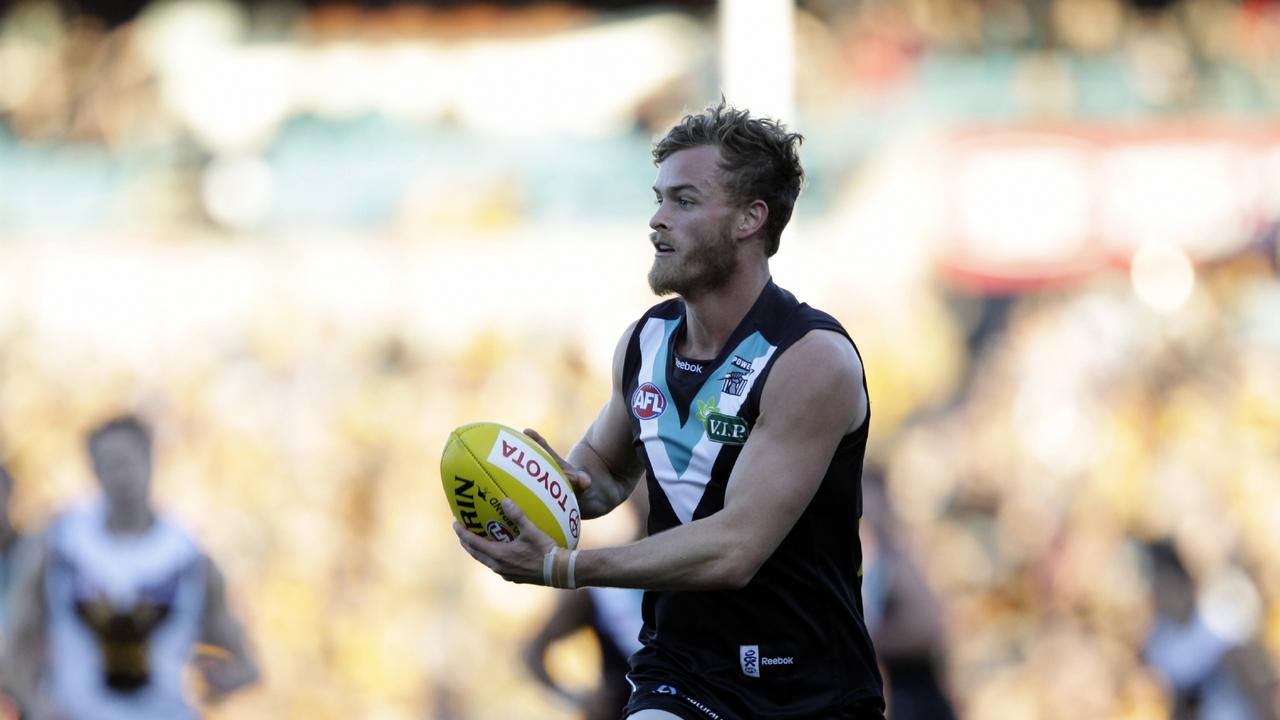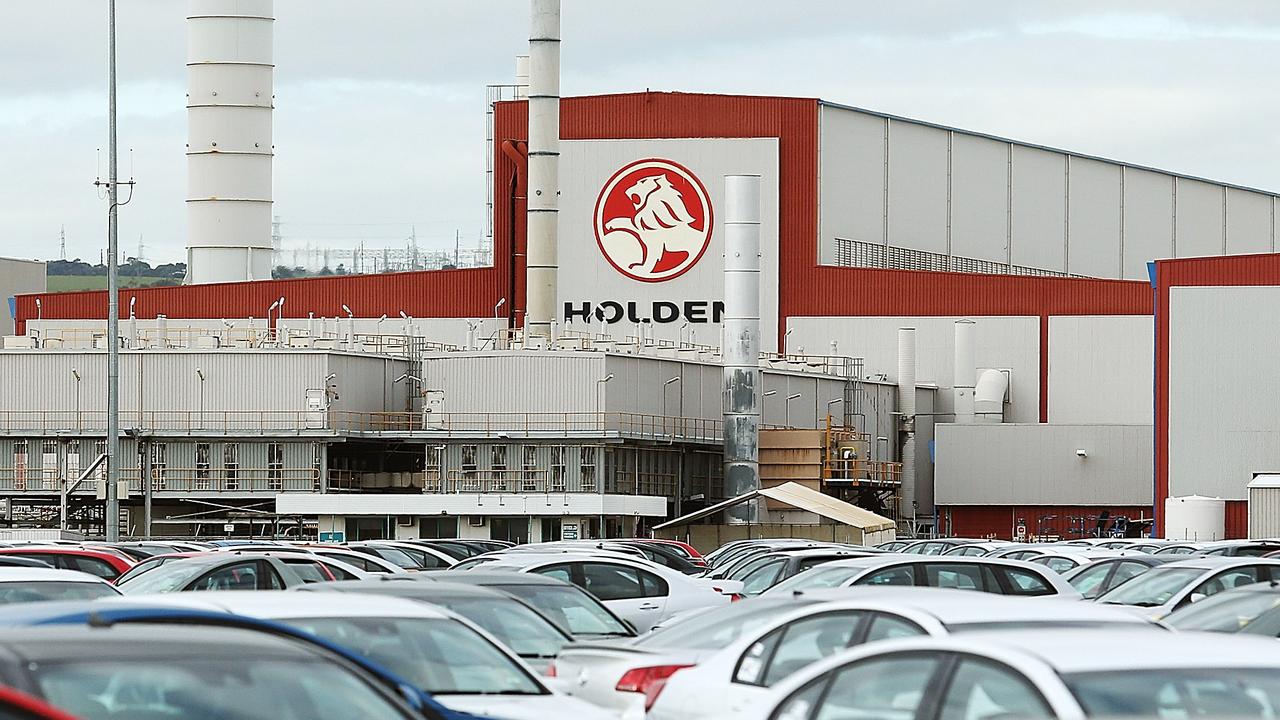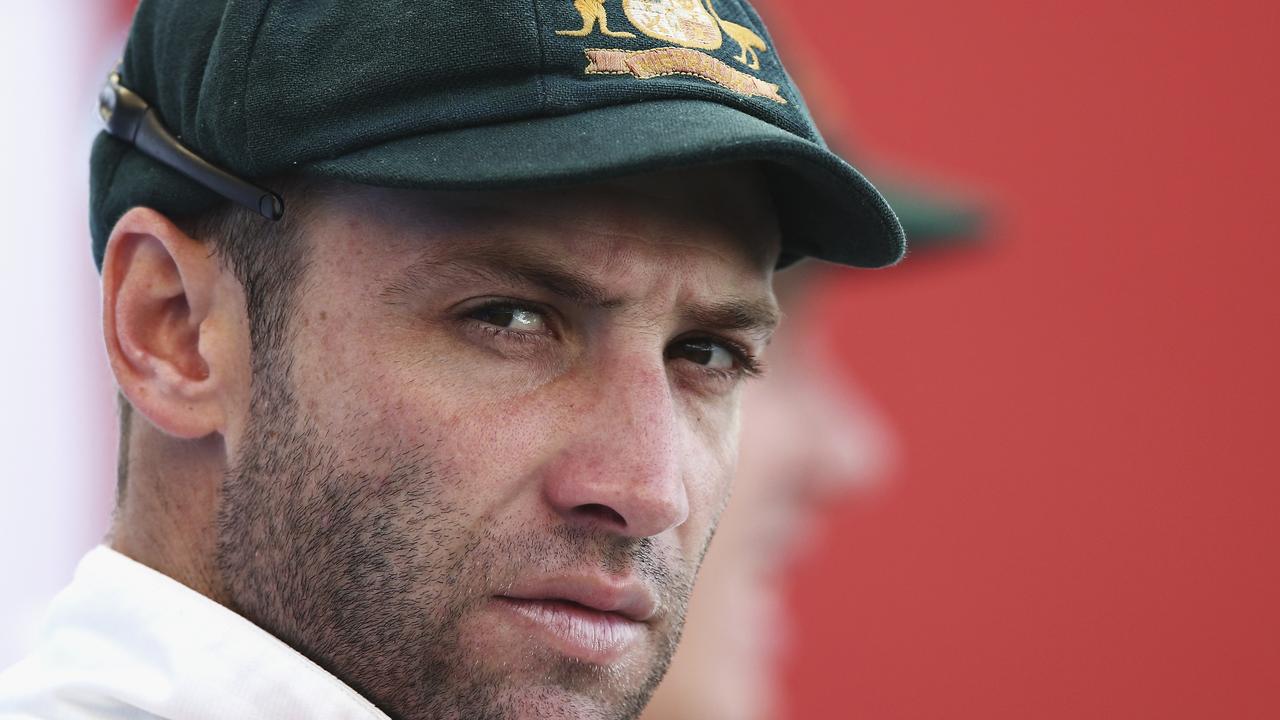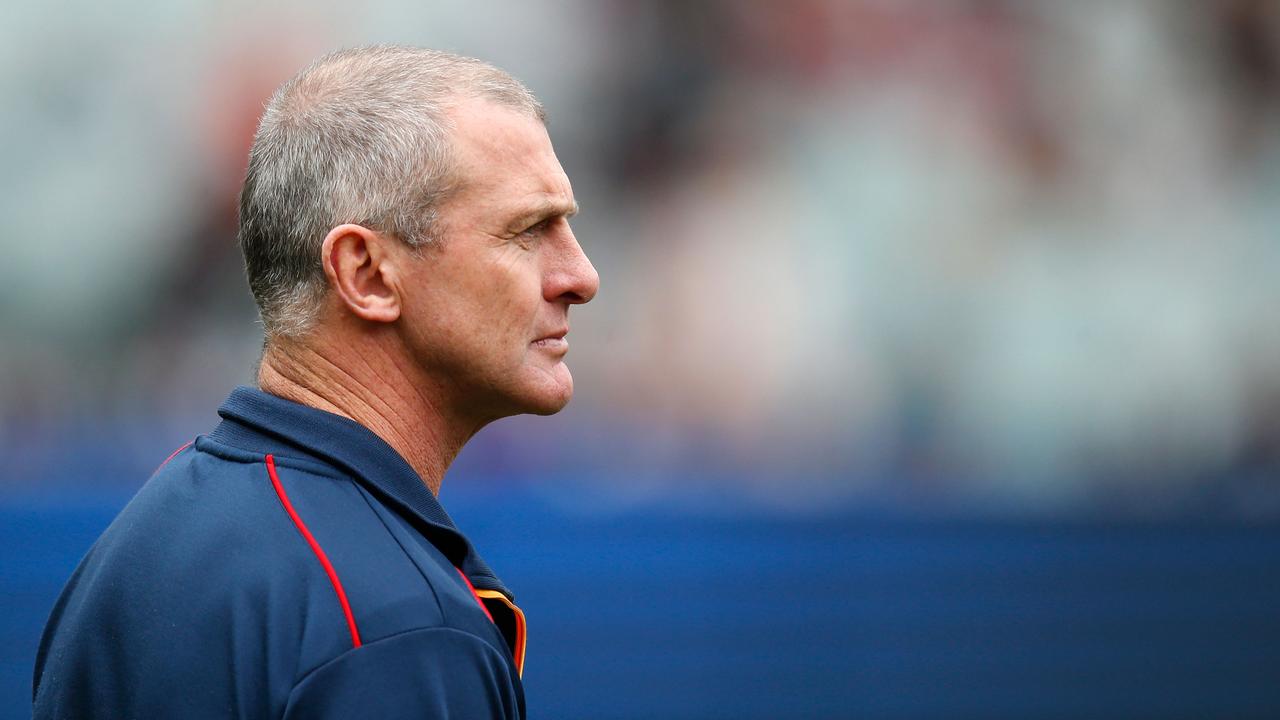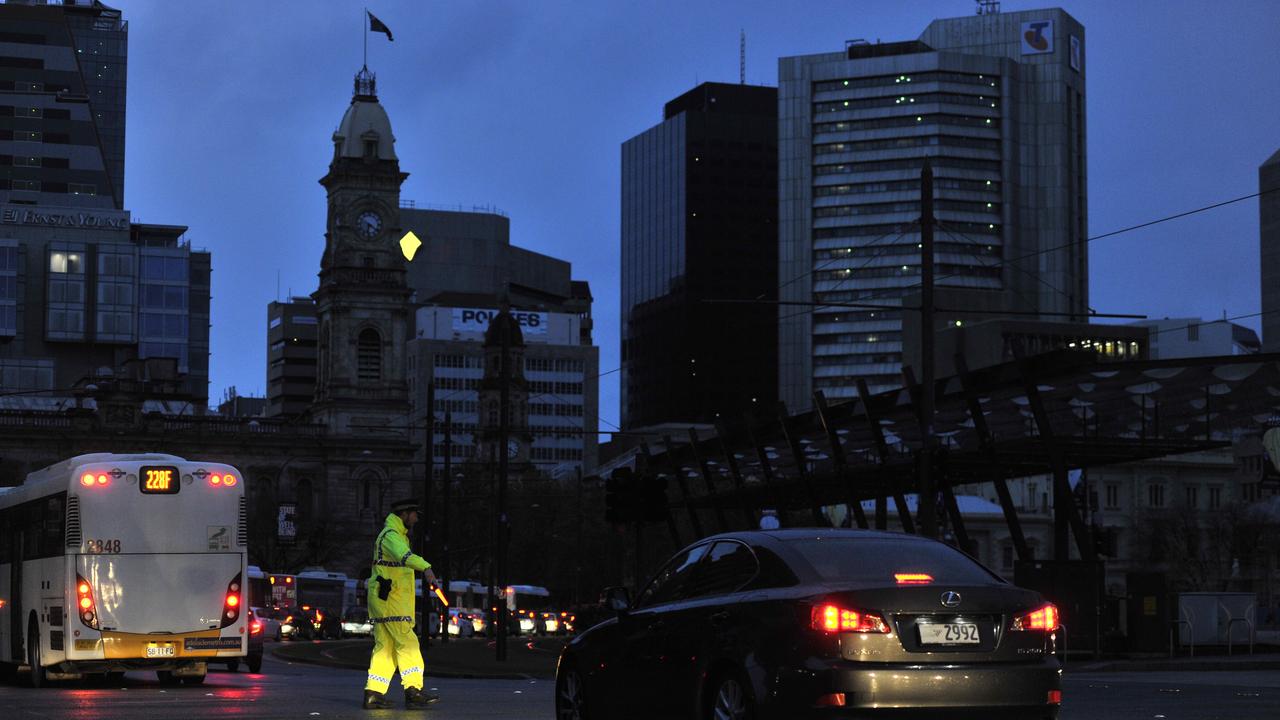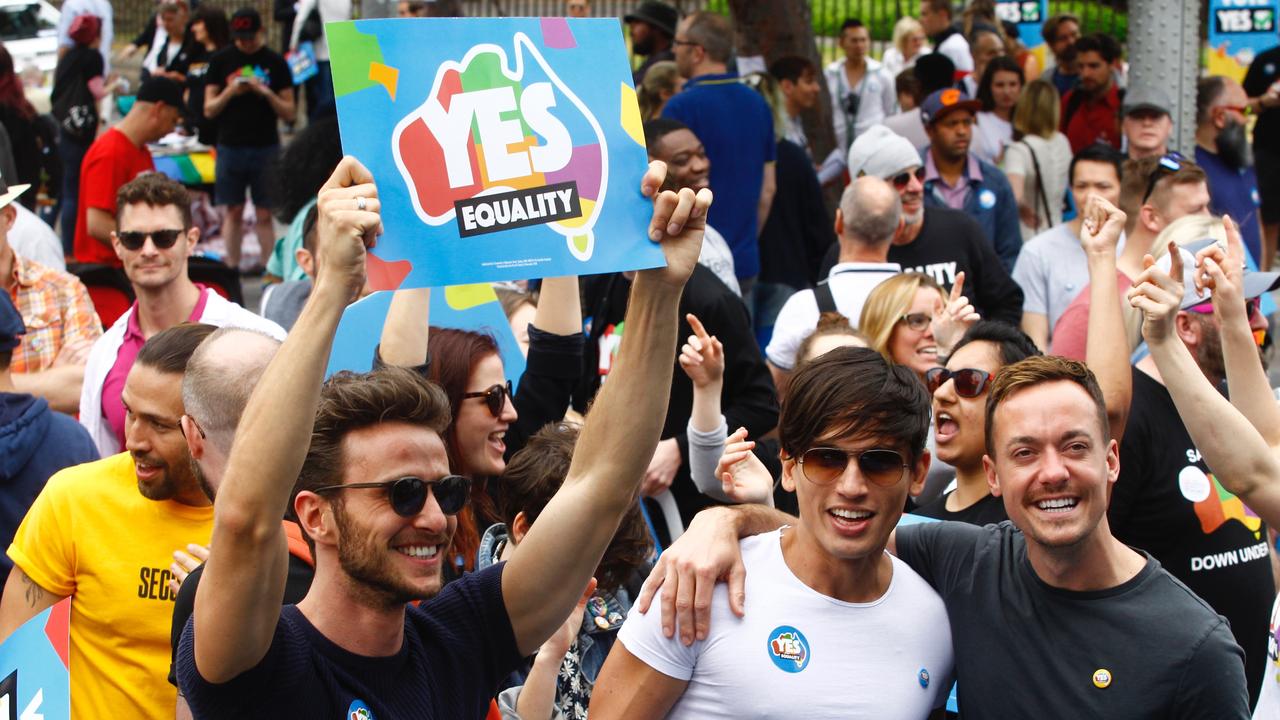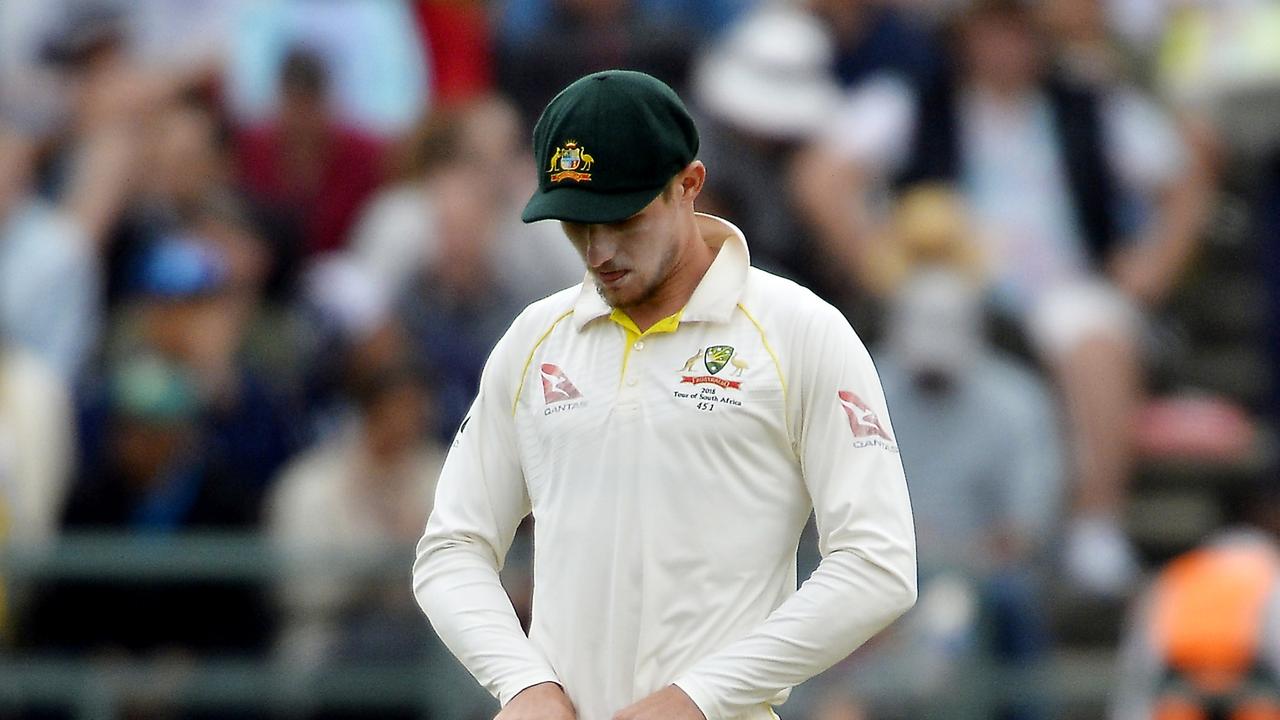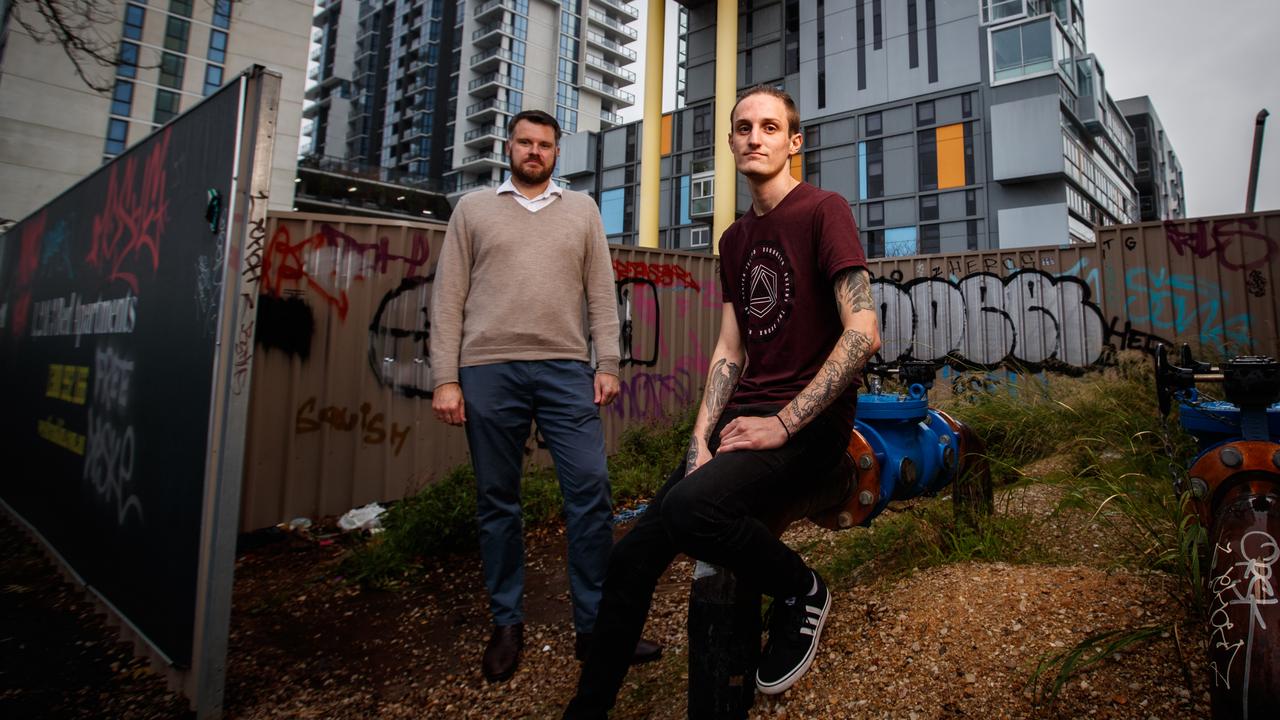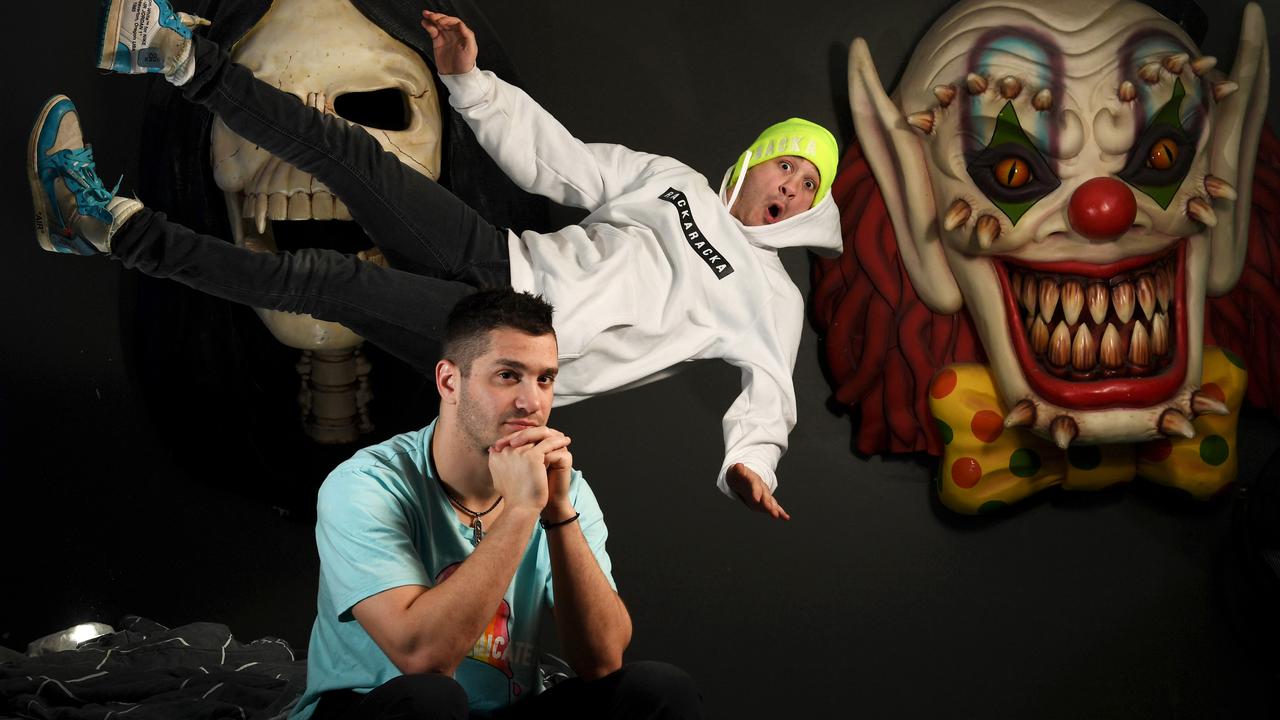SA Weekend 10 Year Special: A decade of news in SA, and abroad
The GFC shocked the globe, Australia began the strangest decade in its political history, and Michelle Chantelois shocked former Premier Mike Rann with allegations of an affair. And that was just one year: 2009 — here’s what happened over the next ten.

SA Weekend
Don't miss out on the headlines from SA Weekend. Followed categories will be added to My News.
- SA Weekend: South Australia’s best stories
- Adelaide: The city that was hungry for change
- South Australians’ top Google searches over the decade
The GFC shocked the globe, Australia began the strangest decade in our political history, and Michelle Chantelois shocked former Premier Mike Rann with allegations of an affair.
And that was just 2009 — here’s what happened over the next 10 years.
2009
In retrospect it wasn’t an auspicious time to launch a new magazine.
The world’s economy had just decided to fall into a black hole from which it took many years to climb out of. The Global Financial Crisis, the GFC, was upon us, delivered by gangster bankers, fuelled by personal greed and an absence of morality.
Weird terms such as collateralised debt obligations were suddenly everywhere, although few understood them. It was the worst global economic moment since the 1930s.
It was also the start of possibly the strangest decade in Australian political history, although it’s hard to say the two were connected.
The first act was Tony Abbott replacing Malcolm Turnbull as Liberal opposition leader.
In the US a different kind of history was being made as Barack Obama was sworn in as America’s first black president.
In perhaps bigger news, pop star Michael Jackson died from a drug overdose.
An American also made big news in South Australia as well.
Former parliamentary waitress Michelle Chantelois hit the headlines after her husband attacked premier Mike Rann, belting him in the head with a wine magazine.
His justification was that Rann and his wife had an affair.
Rann denied any wrongdoing, but Chantelois said the affair had happened. Whatever the truth, the allegation would haunt Rann until the next year’s election.
2010
The year political chaos really took off in Australia.
In a coup no one saw coming Julia Gillard knifed Kevin Rudd to become the country’s first female prime minister.
It was the act that would set the tone for Australia’s political future.
Rudd promised to abide by the decision but went away to nurse his bitterness and undermine his rival.
It wouldn’t be the last we would hear from Rudd and Gillard only just squeaked in at that year’s election.
It was also a close call for the long-serving Mike Rann in the state election.
After the Labor landslide of 2006, there was a large swing back in favour of Isobel Redmond’s Liberals.
The day after the election Jay Weatherill challenged Kevin Foley for the deputy job and soon after that firmly set out his leadership intentions in an interview with SA Weekend where he criticised Labor’s “announce and defend’’ decision making.
On a more ethereal plane, the state, and particularly Penola, celebrated when Sister Mary MacKillop became Saint Mary MacKillop, the first Australian to reach such exalted status.
It was a year also remembered for a terrible display of power from Mother Nature when an earthquake killed 330,000 people in Haiti.
People went tech crazy when Apple launched its iPad.
2011
It was the end of the Rann era in South Australia.
The state’s third longest serving premier was told his time was up by a union official called Peter Malinauskas (whatever happened to him?) and then Treasurer Jack Snelling.
He wasn’t happy about it, and delayed as much as he could, but eventually accepted the inevitable, exited stage right and was replaced by Jay Weatherill.
Adelaide was changing in other ways.
The controversy surrounding the half billion dollar redevelopment of the Adelaide Oval has been ever present all year.
The yes or no vote by SACA members was a crucial moment and many expected the crusty end of the Adelaide establishment to vote it down.
But expectations were defied, the numbers were overwhelmingly in favour and a project that was to redefine Adelaide was finally up and running.
You would call 2011 a big year in news. Al-Qaida leader Osama bin Laden was finally caught, killed and dumped at sea.
Fellow nutbag Muammar Gaddafi was also taken off the board.
Another tyrant, albeit of a more benign nature, Apple founder Steve Jobs was claimed by cancer. He was only 56.
Prime Minister Gillard announced a “carbon tax”, a decision that would define her remaining days in the job.
The most shocking images of the year came out of Japan when a magnitude 9.0 earthquake sent a 10m tsunami hurtling towards the country’s coastline.
Water reached as far as 10km inland and the death toll was more than 15,000.
It also caused an explosion at the Fukushima nuclear power plant.
2012
Maybe this is an only in Adelaide kind of thing, but there was nothing that generated quite as much heat and light in 2012 as Kurt Tippett’s decision to ditch the Crows for the bright lights of Sydney town.
But it didn’t end there.
Turns out Adelaide had signed Tippett to some kind of dodgy deal with the Crows which resulted in not only the player being suspended, but also chief executive Steven Trigg.
After which, Crows supporters decided they didn’t really rate him anyway.
Speaking of sporting villains. Lance Armstrong.
To the surprise of no one who had been paying attention, Armstrong was revealed as a drug cheat and stripped of his seven Tour de France titles.
Almost as disturbing to South Australians as the Tippo defection was the decision by BHP to pull the plug on its plan to expand its Roxby Downs mine.
For years, we were promised Roxby was the shining light that would save the SA economy. Turned out to be a mirage in the desert.
Elsewhere, there was the shocking news that a state MP had been charged with child pornography offences.
It would be a few years before the public learned it was Labor minister Bernie Finnigan.
Shocking in a different way was the death of Port Adelaide footballer John McCarthy who fell to his death in Las Vegas.
2013
The year we lost an icon.
After more than 50 years of building cars in South Australia, Holden said its time was up.
It was going to close its iconic Elizabeth factory.
It took another three years before the doors finally closed, a time filled with much sadness, regret and nostalgia.
It signalled the end of mass production of cars in Australia and regarded as another blow to Australian manufacturing.
It was also the year when we really knew Australian politics was falling apart.
Three prime ministers in a year? Really?
There was Julia Gillard replaced by Kevin Rudd who the lost an election to Tony Abbott. Abbott’s reign was even less distinguished than the warring Labor duo, turfed out by his own party less than two years later.
The pathetic insularity of the Australian political scene in contrast to the statesmanship and dignity of South African leader Nelson Mandela who died aged 95.
Locally, a fresh face took over the state Liberal Party.
Steven Marshall was still in the midst of his first term as an MP when his party turned to him in desperation after the implosion of previous leader Isobel Redmond.
2014
There has rarely been a reaction to match it.
When Phillip Hughes died after being struck by a bouncer while batting for South Australia, it sparked an outpouring of emotion that swept up millions across Australia and the globe.
The #putoutyourbats tribute a testament to the grief felt by so many.
It was appropriate the next Test match played by Australia was played at the Adelaide Oval, Hughes adopted home ground.
Many tears were shed by players and spectators alike.
Earlier in the year, the Oval was played host to a happier occasion when football finally returned to the city after a 40-year absence.
In the last decade the re-birth of the Oval, more than any single other factor, has been responsible for the rejuvenation of the CBD.
Although, it was fortunate we didn’t melt off the map after sweltering through five consecutive days above 42 degrees.
The continuing mystery of Malaysian Airlines flight 370 started in 2014 when the Boeing 777 disappeared off radar screens and ended who knows where.
The tragedy of four-year-old Chloe Valentine broke hearts after the little girl died from parental neglect.
2015
Another shocking death that shocked the state.
The news when it broke early on a Friday morning seemed barely believable.
Adelaide Crows coach Phil Walsh had been stabbed to death in his home.
It was Walsh’s first season as Crows’ coach, after a long period as an assistant at Port, but he had made a good impression.
The outpouring of grief, as it was after the Hughes death, was genuine.
Thousands visited the Crows’ West Lakes headquarter to pay their respects to Walsh.
The tragedy of the situation only deepened when his son Cy was charged with the killing. He would be later found not guilty of murder due to mental incompetence.
It was a terrifying year for bushfires.
The year started with the Sampson Flat fires in the Adelaide Hills, burned through more than 12,000 hectares and destroyed dozens of homes and other buildings.
The Pinery bushfire in the state’s mid-north killed two people, around 70,000 stock, 100 homes and destroyed more than 80,000 hectares.
In an act that will go down in infamy as one of the stupidest political decisions of all time, Prime Minister Tony Abbott gave Prince Philip a knighthood.
He would lose his job before year-end.
Terror became a theme of the year, especially in Paris where 12 people at satirical magazine Charlie Hebdo were murdered by Islamic extremists.
Later in the year an even worse attack, centred on the Bataclan Theatre in Paris saw 130 killed.
2016
Then one evening everything went black.
And by everything, we mean everything. South Australia’s electricity grid went missing and across the state the power went out.
Some blamed a violent storm that wracked the state and brought down 22 high-voltage pylons, others believed the state was too reliant on renewable energy and lamented the coal-fired Port Augusta power station had closed.
Whatever side people chose, it fuelled the ideological debate around energy for years to come.
Energy and the soaring price of electricity had become the most contentious areas of public debate in SA.
Royal Commissioner Kevin Scarce delivered his report on any potential role for SA in the nuclear fuel cycle.
Scarce’s carefully modulated report was subsequently abandoned in the political mess that was Jay Weatherill’s decision to hold a citizens’ jury on the topic.
Speaking of a political mess. The United States elected a new president in 2016.
It was Donald Trump. And nothing has ever been the same again.
And sticking with the idea of political shambles.
The Brits decided to hold a referendum on whether they wanted to be part of Europe.
Turns out they didn’t. That hasn’t gone too well either.
2017
Yes or no?
The nation was asked to decide whether it was in favour of gay marriage through a postal plebiscite.
It was a heated, sometimes ugly debate, but in the end the forces for “yes” emerged as comfortable winners with 61.6 per cent of Australians declaring in favour of same-sex marriage.
Of course, the topic still generating almost as much heat and light was energy.
A new name entered the war, with Tesla and SpaceX man Elon Musk agreeing to build a large battery at Jamestown.
The somewhat eccentric Musk even visited Adelaide to make the announcement, prompting premier Jay Weatherill to behave like a teenager at a Taylor Swift concert.
Going, the other one South Australian made quite the splash in international circles.
A southern suburbs woman called Cassandra Sainsbury was arrested for drug smuggling in Colombia and instantly became better known as Cocaine Cassie.
The news that Hollywood titan Harvey Weinstein had been systematically sexually harassing and abusing women for decades sparked the #metoo movement, where women were encouraged to come forward and share their stories.
2018
The decade-long soap opera/tragedy that is Australian federal politics took another weird turn when Scott Morrison accidentally became prime minister.
Malcolm Turnbull, presumably sick of constant undermining by the previous incumbent Tony, and his little coterie of like-minded right wingers, called a spill of the leadership.
Turnbull underestimated his popularity, was badly damaged and stepped down.
Morrison beat Peter Dutton to the top job.
The handover of power in South Australia was done with more dignity.
After 16 years in power, Labor was topped by Steven Marshall’s Liberals.
Ex-premier Jay Weatherill stood down and Peter Malinuaskas took over as Labor leader.
But more important than anything that happened in politics (including news that Barnaby Joyce had an affair with a staff member and she was pregnant) was the disgrace that befell Australian cricket.
When batsman Cameron Bancroft was seen illegally applying sandpaper to a ball it sparked a controversy which would see captain Steve Smith and vice-captain David Warner handed lengthy bans.

